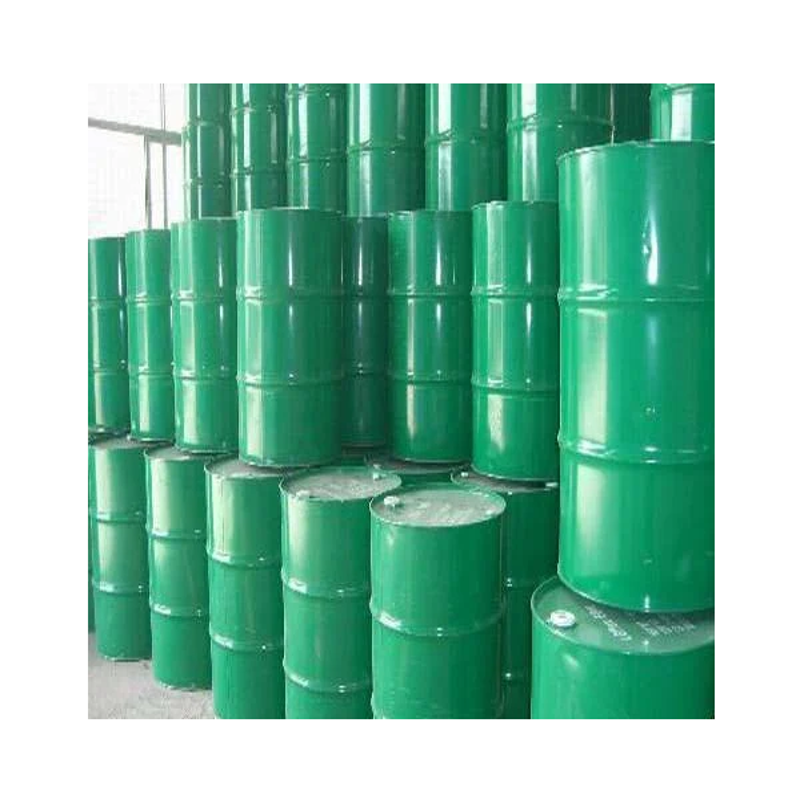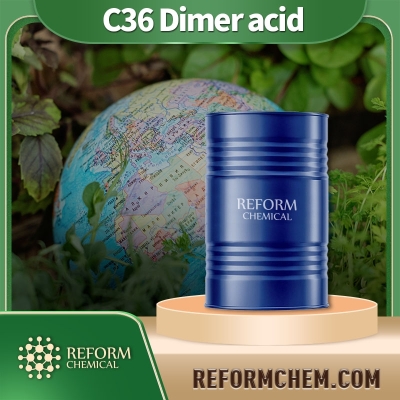-
Categories
-
Pharmaceutical Intermediates
-
Active Pharmaceutical Ingredients
-
Food Additives
- Industrial Coatings
- Agrochemicals
- Dyes and Pigments
- Surfactant
- Flavors and Fragrances
- Chemical Reagents
- Catalyst and Auxiliary
- Natural Products
- Inorganic Chemistry
-
Organic Chemistry
-
Biochemical Engineering
- Analytical Chemistry
-
Cosmetic Ingredient
- Water Treatment Chemical
-
Pharmaceutical Intermediates
Promotion
ECHEMI Mall
Wholesale
Weekly Price
Exhibition
News
-
Trade Service
According to foreign media reports, Rystad Energy/RE, a well-known independent energy consulting agency in Norway, said in a research report that the current planned expansion of regasification capacity in Asia will allow Asian liquefied natural gas (LNG) demand to continue to grow
before 2030.
Driven by the expansion of regasification capacity in China and India, a total of 700 million tonnes
of new regasification capacity is planned by 2030, RE said.
If all regasification projects are approved, Asia's annual demand of 392 million mt of LNG by 2030 implies an average annual utilization rate of 56%.
The seasonality of demand in East Asia requires China to continue to develop its regasification capacity, while more stable demand in South and Southeast Asia can allow regasification plants to operate
at higher utilization, the report said.
The Middle East will need to further expand regasification capacity by 2030, as demand for LNG will exceed the current planned regasification capacity driven by Turkey and Bahrain
, the report said.
For the same reason, South and Central America will require new LNG import facilities
in Chile, Colombia and Argentina.
Overall, the global regasification capacity of 1.
15 billion mt/year by 2030 will support the growth
of global LNG demand.
According to foreign media reports, Rystad Energy/RE, a well-known independent energy consulting agency in Norway, said in a research report that the current planned expansion of regasification capacity in Asia will allow Asian liquefied natural gas (LNG) demand to continue to grow
before 2030.
Driven by the expansion of regasification capacity in China and India, a total of 700 million tonnes
of new regasification capacity is planned by 2030, RE said.
If all regasification projects are approved, Asia's annual demand of 392 million mt of LNG by 2030 implies an average annual utilization rate of 56%.
The seasonality of demand in East Asia requires China to continue to develop its regasification capacity, while more stable demand in South and Southeast Asia can allow regasification plants to operate
at higher utilization, the report said.
The Middle East will need to further expand regasification capacity by 2030, as demand for LNG will exceed the current planned regasification capacity driven by Turkey and Bahrain
, the report said.
For the same reason, South and Central America will require new LNG import facilities
in Chile, Colombia and Argentina.
Overall, the global regasification capacity of 1.
15 billion mt/year by 2030 will support the growth
of global LNG demand.







